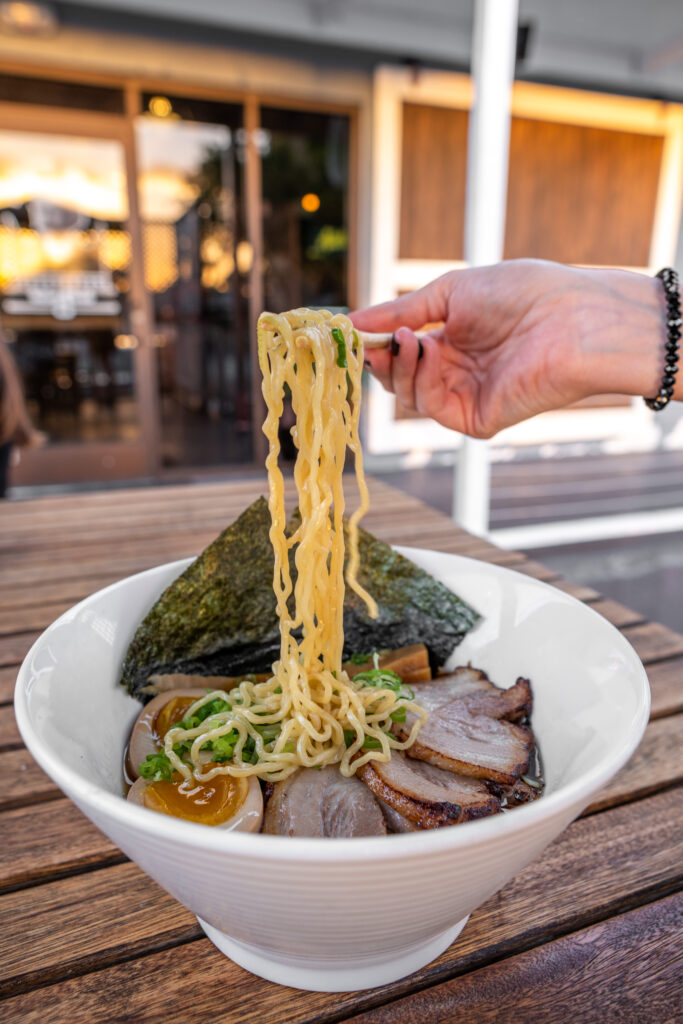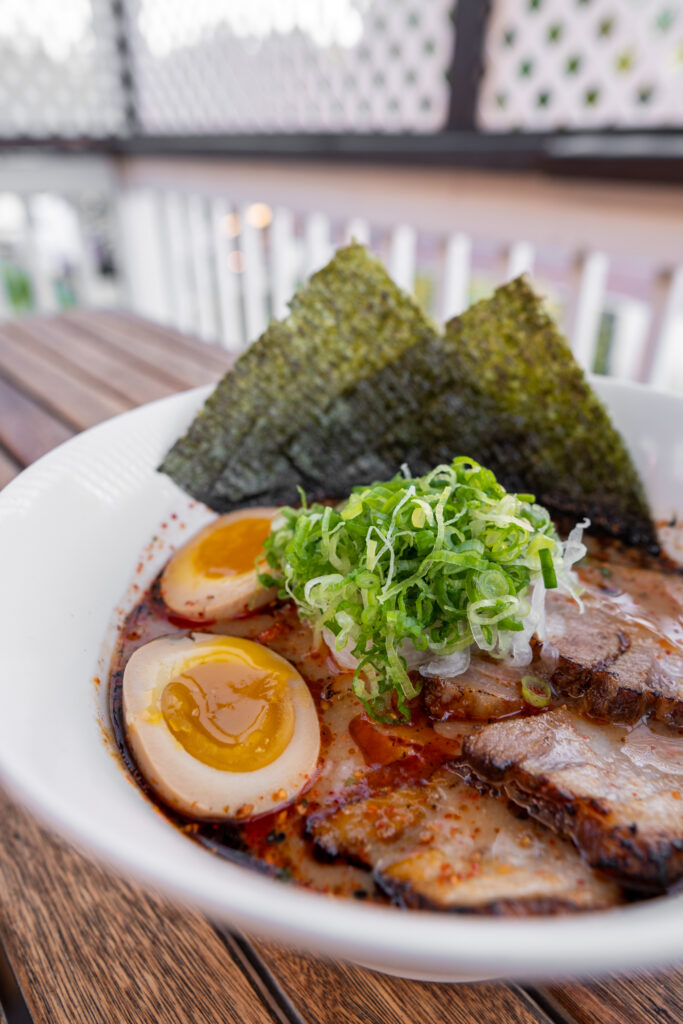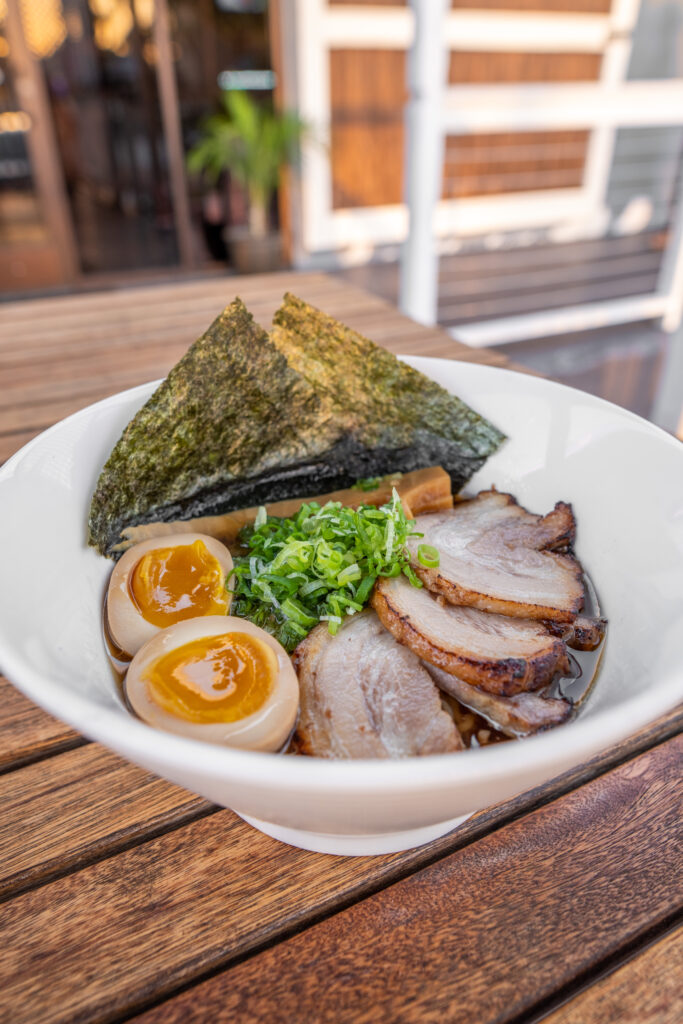Get ready to embark on a flavor-filled journey as you dive into the fascinating world of umami. In this article, we will unlock the secrets of umami’s definition and explore how it tantalizes our taste buds like no other. Prepare to discover the hidden depths of this enigmatic flavor and uncover the key elements that make umami an essential component of culinary perfection. Get ready to savor the umami sensation like never before!
Table of Contents
The Origin and Definition of Umami
The Discovery of Umami
Umami, often referred to as the “fifth taste,” was first discovered by a Japanese scientist named Kikunae Ikeda in the early 20th century. While studying the flavors of traditional Japanese cuisine, Ikeda noticed a unique taste that couldn’t be categorized as one of the existing four tastes: sweet, sour, salty, and bitter. Intrigued by this new sensation, Ikeda conducted extensive research to understand and define this flavor.
Defining Umami
After years of research, Ikeda identified umami as a distinct taste that enhances the overall flavor of food. The word “umami” itself is derived from the Japanese words “umai,” meaning delicious, and “mi,” meaning taste. In its simplest definition, umami can be described as a savory or meaty taste that adds depth and richness to a dish. It is often described as a pleasant, lingering sensation that envelops the taste buds.
Umami as the Fifth Taste
Umami’s discovery marked a significant advancement in our understanding of taste. Prior to this, the four basic tastes were believed to be the only tastes humans could perceive. Umami revolutionized this notion by introducing a taste that is neither sweet, sour, salty, nor bitter. It expanded our palate, providing a new dimension in understanding and experiencing flavor.
The Science Behind Umami
The Taste Receptors
To fully appreciate the science behind umami, it is crucial to understand the role of taste receptors. Our taste buds are equipped with various receptors that detect different tastes. Specifically, umami taste is detected by a specific receptor known as the T1R1/T1R3 receptor. This receptor is responsible for signaling the brain when it interacts with umami compounds.
Glutamate: The Key Component
While umami can be found naturally in certain foods, its taste primarily stems from the presence of glutamate, an amino acid. Glutamate is abundant in foods such as tomatoes, mushrooms, and Parmesan cheese. It is this glutamate that activates the umami receptors on our taste buds, triggering the sensation of umami.
Inosinate and Guanylate: Enhancing Umami
While glutamate forms the foundation of umami taste, there are other compounds that work in synergy to enhance its flavor. Inosinate and guanylate are two such compounds that, when combined with glutamate, create a more pronounced umami taste. Inosinate is commonly found in meat and fish, while guanylate is present in certain vegetables like shiitake mushrooms. The combination of these compounds contributes to the intensification of the umami experience.

Umami in Food and Cooking
Natural Sources of Umami
Umami can be found naturally in a wide variety of foods. Some notable sources of natural umami include aged cheeses, ripe tomatoes, soy sauce, seaweed, and fish products such as bonito flakes and anchovies. These ingredients are often prized for their ability to enhance the flavors of dishes and create a more satisfying culinary experience.
Enhancing Umami in Cooking
While umami exists naturally in many foods, there are also techniques that chefs and home cooks employ to enhance the umami taste in their dishes. One popular method is the use of slow cooking or braising, which allows flavors to develop and intensify over time. Additionally, the process of aging or fermenting certain foods can also enhance their umami content. For example, aged meats, fermented soybean products like miso and soy sauce, and aged cheeses are known for their robust umami profiles.
Umami-Enhancing Ingredients
Certain ingredients possess inherent umami characteristics that can be used to elevate the taste of a dish. For instance, using mushrooms, such as shiitake or porcini, can add a deep earthy flavor and enhance umami. Other ingredients like Worcestershire sauce, fish sauce, and nutritional yeast are also commonly used to amplify the umami taste in a dish. These ingredients act as umami powerhouses, allowing chefs to create more complex and flavorful culinary creations.
Umami and Health Benefits
Umami and Food Satisfaction
One of the unique aspects of umami is its ability to increase food satisfaction and satiety. When umami taste is present in a dish, it adds flavor and provides a sense of fullness and satisfaction. This can lead to decreased cravings and overeating, ultimately supporting weight management and overall health.
Umami in Traditional Medicine
Umami has long been recognized in traditional medicine practices for its potential health benefits. In some cultures, umami-rich foods are believed to have medicinal properties and are used to promote digestion, strengthen the immune system, and improve overall well-being. While scientific evidence in this regard is still evolving, these traditional beliefs highlight the cultural significance and long-standing recognition of umami’s potential health contributions.
Umami and Mindful Eating
Mindful eating, the practice of being fully present and aware while eating, is gaining popularity as a way to cultivate a healthier relationship with food. Umami plays a role in this practice by allowing individuals to fully savor and appreciate the flavors in their meals. By incorporating umami-rich ingredients and dishes into a mindful eating routine, individuals can connect more deeply with their food and gain greater enjoyment and satisfaction from their meals.

The Umami Trend
Umami in Modern Cuisine
With umami’s growing recognition and appreciation, modern cuisine has embraced this flavor profile like never before. Chefs and culinary enthusiasts now actively seek out ways to incorporate umami into their dishes, experimenting with ingredients and techniques to create complex and unforgettable flavor experiences.
Umami in the Culinary Industry
The umami trend hasn’t been limited to just individual chefs and home cooks. The culinary industry as a whole has embraced umami, with many restaurants and food establishments placing a greater emphasis on umami-rich ingredients and dishes. This shift has resulted in a wider array of umami-centric menu options, allowing diners to explore and appreciate this unique taste in various culinary settings.
Umami in Asian and Western Food Fusion
As the influence of global cuisine continues to grow, the fusion of Asian and Western culinary traditions has become increasingly popular. Umami plays a significant role in this fusion, as it bridges the distinct flavor profiles of these traditions. Incorporating umami-rich ingredients and techniques from both culinary worlds allows for the creation of harmonious and innovative dishes that delight the palate.
Unveiling the Secrets of Umami
The Umami Sensation
To truly unlock the secrets of umami, it’s important to understand the multi-faceted nature of its taste. Umami is not just a singular sensation but a complex interplay of flavors that can be sweet, savory, bitter, or even nuanced. This intricate flavor profile contributes to the depth and richness umami imparts to dishes.
Unlocking Umami in Dishes
While umami can occur naturally in certain foods, maximizing its presence in a dish often requires careful consideration and culinary know-how. Chefs and home cooks alike employ various techniques to unlock umami, such as layering flavors, balancing acidity, and utilizing umami-enhancing ingredients. By understanding these techniques, one can create dishes that fully express the umami potential of their ingredients.
Balancing Umami in Recipes
As with any flavor, achieving a well-balanced umami taste is crucial for a satisfying culinary experience. Too much umami can overpower other flavors, while too little can leave a dish lacking depth. Balancing umami involves considering the overall flavor profile of the dish and ensuring that the umami taste harmonizes with the other taste components. Achieving this balance allows for a nuanced and enjoyable umami experience.

Umami and Cultural Significance
Umami in Japanese Cuisine
Japanese cuisine has long celebrated umami as integral to its culinary traditions. From dashi, a stock made from kombu seaweed and bonito flakes, to soy-based sauces like tamari, umami-rich ingredients are central to the Japanese flavor palette. The prominence of umami in Japanese cuisine reflects its cultural significance and the deep appreciation for the culinary possibilities it presents.
Umami in Other Culinary Traditions
While umami may have gained popularity through Japanese cuisine, its influence has transcended cultural boundaries. Various other culinary traditions have recognized and incorporated umami-rich ingredients and techniques into their own unique flavors. For example, Italian cuisine features cheeses like Parmesan and foods such as sun-dried tomatoes, both known for their umami depth.
Umami as a Social Experience
Beyond its taste and culinary significance, umami also holds cultural and social value. Sharing a meal enhanced with umami-rich ingredients fosters connections and creates memorable experiences. Whether it’s a family gathering around a table or friends enjoying a delicious umami-packed meal, the social aspect of umami enriches the overall dining experience and strengthens bonds.
Umami in Everyday Life
Identifying Umami in Food
Recognizing umami in everyday food choices can greatly enhance one’s eating experience. Paying attention to ingredients that are known for their umami content, such as ripe tomatoes or Parmesan cheese, enables individuals to make more conscious and flavorful food choices. By expanding one’s umami palate, everyday meals can become more satisfying and enjoyable.
Umami for Everyday Cooking
Incorporating umami in everyday cooking doesn’t have to be complicated. Simple techniques like adding a dash of soy sauce to stir-fried vegetables or sprinkling nutritional yeast on top of popcorn can elevate the flavors of everyday dishes. Embracing umami as an essential element of everyday cooking allows for the creation of delicious and fulfilling meals, even with limited time and ingredients.
Sharing Umami Experiences
Umami is a taste meant to be shared and celebrated. Whether it’s hosting a dinner party centered around umami-rich dishes or exchanging recipes and cooking tips with loved ones, sharing umami experiences cultivates a sense of community and joy. By combining culinary creativity with umami’s rich flavors, individuals can create memorable moments and forge deeper connections with others.
Umami in the World of Beverages
Umami in Traditional Drinks
While umami is most commonly associated with food, its presence can also be found in certain traditional beverages. For instance, green tea, especially high-quality Japanese matcha, possesses a unique umami taste that enhances the overall drinking experience. Additionally, fermented drinks like kombucha and certain types of beer showcase umami characteristics derived from their ingredients and brewing processes.
Umami in Alcoholic Beverages
The presence of umami in alcoholic beverages can be experienced through various factors, such as the use of umami-rich ingredients or the aging process of certain spirits. For example, aged spirits like whisky or red wine can develop a rich umami profile over time. The intertwining of umami and alcohol creates a complex sensory experience that can be enjoyed by those who appreciate the nuanced flavors in beverages.
Umami and Non-Alcoholic Drinks
Umami can also be present in non-alcoholic beverages, offering a unique and refreshing taste experience. Ingredients like seaweed or mushrooms can be infused to create umami-rich broths or teas. Additionally, the use of umami-enhancing ingredients like tomato juice in cocktails or the inclusion of savory flavors in mocktails allows individuals to enjoy the umami taste without the presence of alcohol.
Umami: Beyond the Taste
Umami in Art and Design
The influence of umami extends beyond the culinary realm and finds expression in various forms of art and design. Artists and designers often draw inspiration from umami’s rich flavors, recreating its essence through visuals, textures, and even fragrances. This exploration of umami as a sensory experience reminds us of its multi-dimensional nature and its ability to evoke emotions beyond taste alone.
Umami in Emotional Connections
Umami has the power to evoke deep emotional connections and nostalgia. The taste of a particular umami-laden dish can transport us back to cherished memories from childhood or remind us of a loved one’s cooking. This emotional aspect of umami speaks to its ability to create a sense of comfort and emotional well-being through the power of taste.
Umami and Memory
The impact of umami extends even further into the realm of memory. Studies have shown that umami taste can improve memory recall and cognitive function. The compounds responsible for umami are believed to play a role in neural pathways related to memory formation and retention. This link between umami and memory offers intriguing possibilities for further research and exploration into the relationship between taste and cognition.
In conclusion, umami has revolutionized our understanding of taste and become a significant element in culinary traditions, science, health, and cultural experiences. From its discovery as the fifth taste to its role in enhancing flavors and promoting food satisfaction, umami continues to captivate chefs, researchers, and food enthusiasts alike. By unlocking the secrets of umami and appreciating its nuances, we can embark on a flavorful journey that transcends the boundaries of taste alone. So, next time you savor a dish that leaves you lingering in delight, remember that the umami sensation is at the heart of this extraordinary culinary experience.

